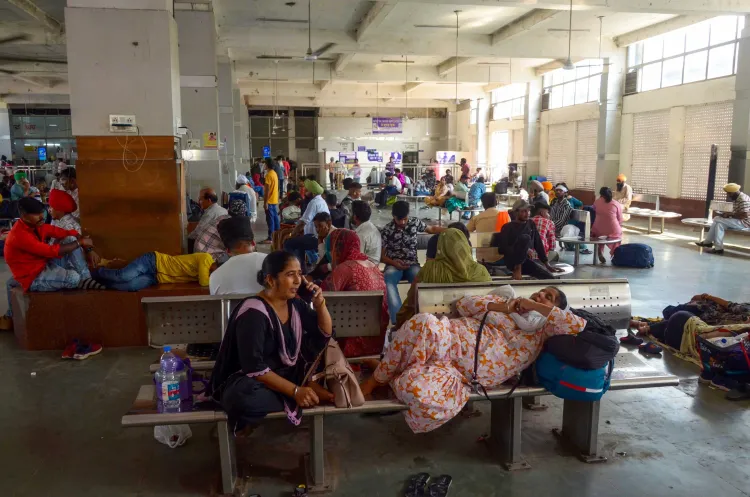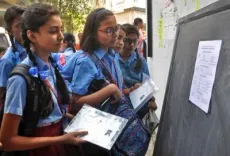Did Indian Railways Really Spend Rs 60,466 Crore on Passenger Subsidies in FY24?

Synopsis
Key Takeaways
- The Indian Railways spent Rs 60,466 crore on subsidies in FY24.
- Subsidies cover 45% of the actual travel cost.
- Minimal fare hikes were introduced after five years.
- No increase for journeys up to 500 km in second class.
- Focus on improving railway infrastructure and services.
New Delhi, July 23 (NationPress) The Indian Railways allocated a staggering Rs 60,466 crore for passenger travel subsidies in the financial year 2023–24, as announced in Parliament on Wednesday.
This subsidy accounts for 45 percent of the actual cost of passenger journeys, positioning train travel in India as one of the most economical options globally.
In response to inquiries from various Lok Sabha members regarding the recent fare increases, Railway Minister Ashwini Vaishnaw affirmed that Indian Railways remains committed to providing affordable transportation to over 720 crore passengers each year.
He emphasized that even after the fare adjustments, Indian train tickets remain more affordable compared to those in many neighboring countries.
The fare adjustments took effect on July 1, marking the first increase in over five years.
The minister stated that the increases are minimal—ranging from half paisa to two paisa per kilometer, depending on the travel class.
For second-class ordinary travel up to 500 km, there is no fare increase. For distances exceeding 500 km, the increase is only half paisa per kilometer.
In addition, sleeper class, ordinary, and first-class ordinary fares have risen by half paisa per kilometer, while non-AC Mail Express classes faced a 1 paisa per kilometer rise. Reserved AC classes saw an increase of 2 paisa per kilometer.
To support low- and middle-income passengers, the government has kept fares for Monthly Season Tickets (MST) and suburban trains unchanged, as these services are primarily used by daily commuters.
Vaishnaw also reassured the house that less than half of the total train journeys would experience any fare hike.
"For instance, there is no change in fare for a 500 km journey in a general coach," he stated.
To enhance the rail travel experience, the Railway Minister noted that the government is focused on expanding the network, upgrading tracks, and increasing the frequency of suburban train services wherever possible.







